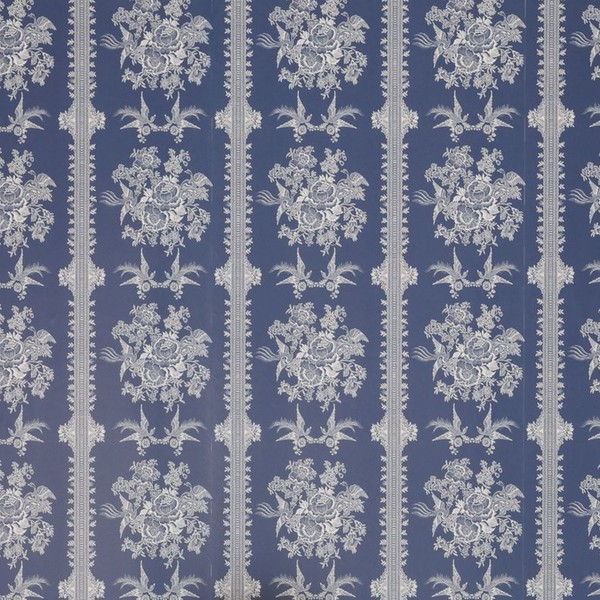Everything You Need To Know About Hanging Wallpaper
Firstly, how do you know how much wallpaper to order for a certain space?
More than you think! A lot of the time we don’t take out windows and doors, as that enables us to balance the walls and gives ourselves options on layout, but you also need to consider the reveals and any jib doors. We also highly recommend you get your installer to quantify how much you’ll need before you order – it’s just easier and you can rest assured they will get it right.
Do all wallcoverings use the same paste?
This is a good question, and it really does depend on the wallcovering. We always say to do your tests beforehand, and if you’re not sure, get a little bit of an offcut and try out some different ones. There are rules of thumb with some wallcoverings, but it’s not always the case and there are some exceptions. In general, with a fabric-backed vinyl we would use a heavy-duty adhesive with a low-water content. This tends to have a blue lid. There’s then a medium grade, with a red lid. With a traditional English pulp wallcovering, we would use a more traditional starch-based paste which tends to have a green top. Just stay clear of mix-your-own flake paste!
Do walls always need prepping and lining?
Walls definitely need prepping, but not all of them need lining. Most of the time when you’re dealing with non-woven backings, vinyls or what we call those with a stable substrate, they don’t need lining, just a good primer underneath. There shouldn’t be much shrinkage on the walls or expansion (i.e. not much movement). Walls do need prepping and a mist coat is key on new plaster. A mist coat is made of watered-down emulsion paint – ideally 40-50% water, with the remaining being emulsion. Filling may need to be done too, but it depends on the substrate.
How far in advance should you schedule the installation?
If you’re using a brand that prints to order, you want to get your order in as early as possible to guarantee your delivery date. Once you’re in our pipeline, we will do our best to accommodate your date and any changes to it.
Can installers quote from plans?
Yes – we might need elevations as well, but we can give you a good idea of cost from photos and videos alone.
Is colour variation acceptable?
It can be, depending on which wallcovering is installed. For example, it’s to be expected with natural handmade grasscloths and dyed silks that there will be colour variation. Be patient, though. Sometimes you have to do the whole wall to balance it out – you might put up three drops and two of them are off, but this can still look normal and balanced once the wall is complete.
Is it common to have slight mismatches with patterned paper?
With some continuous patterns where there is no break in the room, sometimes there has to be a mismatch. It’s very rare that it will work out with an exact match. This is where we must manage the client’s expectations and sign off the ‘kill point’ before starting. The best place to put it is in a subtle, not-very-obvious place. A natural break could be floor-to-ceiling windows (you could cut into the architrave), joinery, a beam, or anywhere that breaks up the wall. Every area/room that you wallpaper with a repeating pattern wallpaper is different, it’s all about trying to hide that kill point as best as possible.
Where would you recommend going for custom-made or bespoke wallpaper?
There are a lot of companies that offer a custom-fit service now – Fromental, de Gournay, Zuber, Gracie and Iksel. Just remember that having something custom made does add to the lead time, as it can take up to 20 weeks to produce.
Finally, can you use wallpaper in a bathroom?
Yes, you can. It’s just a question of adequate ventilation. In bathrooms you get steam – and, of course, steam is what you use to take wallpaper off walls, so obviously you need to avoid steam. Up-spec your extractor fan, but if there isn’t good ventilation, be careful. There is the option of putting a clear matte varnish on top, which you could ask your installer about. Just make sure they are experienced.
Visit Wells-Interiors.com
Inspired?
Shop The New Collections We Love
DISCLAIMER: We endeavour to always credit the correct original source of every image we use. If you think a credit may be incorrect, please contact us at info@sheerluxe.com.


/https%3A%2F%2Fsheerluxe.com%2Fsites%2Fsheerluxe%2Ffiles%2Farticles%2F2023%2F09%2Fsl-guide-to-wallpaper-2.png?itok=bfvJb56R)








